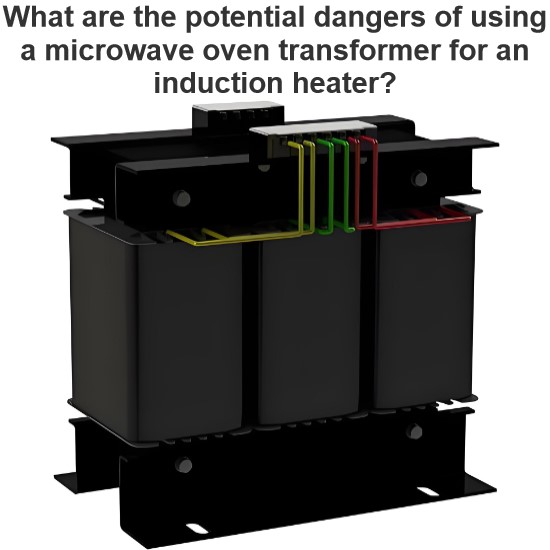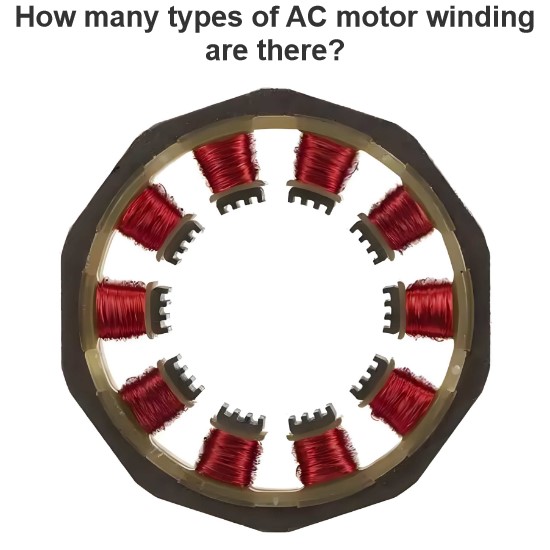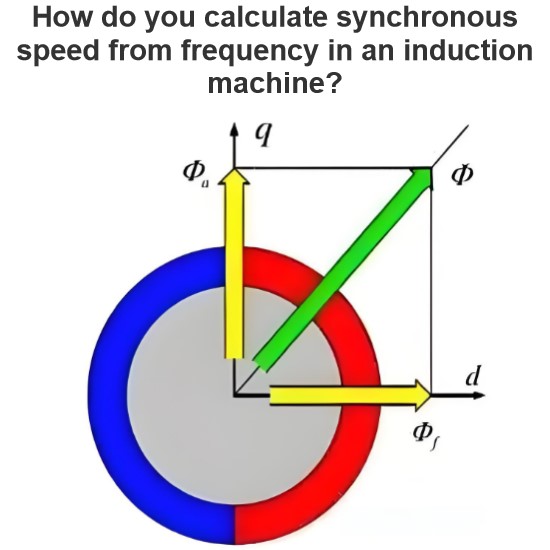How does a compound winding on an AC motor work?
Compound windings (Compound Winding) are a special type of winding commonly used in AC motors, especially in applications requiring improved starting performance and operational efficiency. Compound windings combine the features of the main winding (Main Winding) and the auxiliary winding (Auxiliary Winding) to achieve better performance. Here is a detailed explanation of how compound windings work and their characteristics:
1. Structure of Compound Windings
Compound windings typically consist of two parts:
Main Winding: This is the primary winding of the motor, responsible for providing most of the magnetic field and torque during normal operation. The main winding is usually connected in a star (Y) or delta (Δ) configuration.
Auxiliary Winding: This is the secondary winding, used to improve the motor's starting performance and operational characteristics. The auxiliary winding is typically connected during startup and disconnected once the motor reaches a certain speed.
2. Working Principle
Starting Phase
During Startup: When the motor starts, both the main winding and the auxiliary winding are connected. The auxiliary winding provides an additional magnetic field to help the motor overcome static friction and inertia, allowing it to reach the rated speed more quickly.
Starting Current: The presence of the auxiliary winding helps control the starting current, preventing excessive surge currents that could damage the motor or the power grid.
Running Phase
After Reaching Rated Speed: Once the motor reaches the predetermined operating speed, the auxiliary winding is disconnected, leaving only the main winding in operation. This reduces energy consumption and improves the motor's operational efficiency.
Magnetic Field Superposition: During the starting phase, the magnetic fields generated by the main winding and the auxiliary winding superimpose, creating a stronger resultant magnetic field, which increases the starting torque.
3. Types of Auxiliary Windings
There are several types of auxiliary windings, including:
Capacitor Start Winding: During startup, the auxiliary winding is connected through a capacitor, which shifts the phase of the current, thereby increasing the starting torque. After startup, the auxiliary winding is disconnected via a centrifugal switch.
Capacitor Run Winding: The auxiliary winding remains connected throughout the entire operation, with the capacitor adjusting the phase to improve the motor's operational characteristics.
Resistance Start Winding: The auxiliary winding is connected through a resistor, which limits the starting current. After startup, the auxiliary winding is disconnected via a centrifugal switch.
4. Advantages
Improved Starting Performance: Compound windings significantly enhance the motor's starting torque, making it easier to start.
Controlled Starting Current: The combination of the auxiliary winding and capacitors effectively controls the starting current, reducing the impact on the power grid.
Enhanced Operational Efficiency: Disconnecting the auxiliary winding after startup reduces energy consumption and improves the motor's operational efficiency.
Improved Power Factor: The use of capacitors can improve the motor's power factor, reducing reactive power consumption.
5. Applications
Compound windings are widely used in AC motors that require good starting performance and operational efficiency, such as:
Household Appliances: Refrigerators, air conditioners, washing machines, etc.
Industrial Equipment: Fans, pumps, compressors, etc.
Summary
Compound windings optimize the performance of AC motors during both the starting and running phases by combining the features of the main winding and the auxiliary winding. During startup, the auxiliary winding provides an additional magnetic field to help overcome starting resistance; during operation, the auxiliary winding is disconnected to reduce energy consumption and improve efficiency.
The Electricity Encyclopedia is dedicated to accelerating the dissemination and application of electricity knowledge and adding impetus to the development and innovation of the electricity industry.




